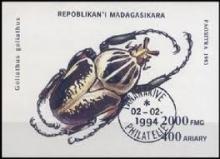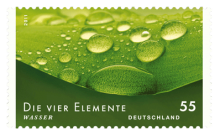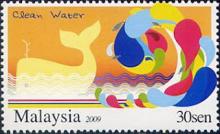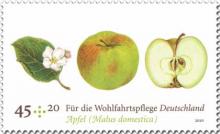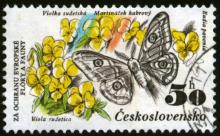Canada Re-evaluates Registration of Some Neonicotinoid Insecticides
The Health Canada Pest Management Regulatory Agency (PMRA) today announced that the agency is initiating a re-evaluation of Canada’s registration of two types of neonicotinoid insecticides (clothianidin and thiamethoxam). This notice adds two more neonicotinoids to the list that are already under re-evaluation (imidacloprid being the first). Canada has taken this step because ”the potential for effects of nitro-guanidine neonicotinoids on pollinators in light of changes in the information required and global updates to the pollinator risk assessment framework. This re-evaluation will consider all agricultural uses of nitro-guanidine neonicotinoid insecticides including soil applications, seed treatment, as well as foliar and greenhouse uses.”
The announcement further states “the PMRA has received reports relating to bee mortalities occurring in Canada and internationally. Should evidence become available demonstrating reasonable grounds to believe that health or environmental risks of a pesticide are unacceptable, the PMRA will take appropriate regulatory action.” Potentially, this re-evaluation could lead to the revocation of the registration of these insecticides in Canada and therefore they would not be legal for use or sale in that country.





